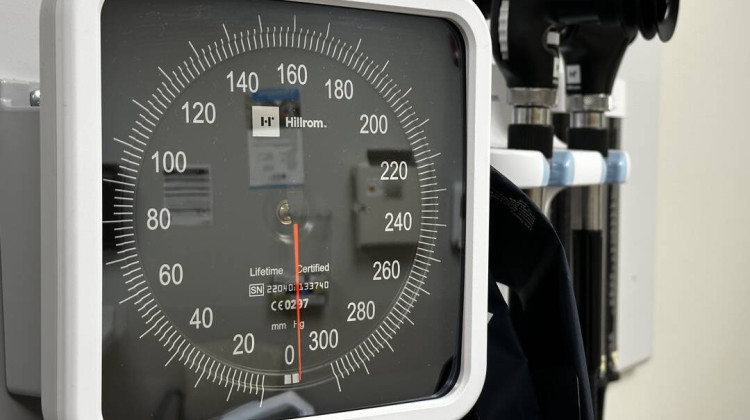
The Indiana Rural Health Association's CEO said rural communities are feeling the brunt of Indiana's physician shortage, and they have a number of other access issues they face — like transportation, availability of services and hospital or practice closures.
Abigail Ruhman / IPB NewsEarlier this year, Indiana lawmakers significantly cut public health funding in response to the "bleak" budget forecast. Health care leaders said the state's investment in public health needed more time to address health care costs and outcomes.
Indiana's "historic" public health funding was scaled back in the final version of the state budget — dropping from $100 million to just $40 million for all 92 counties. The previous state budget included $225 million for local health departments.
Mike Schroyer, president of Baptist Health Floyd in southern Indiana and committee member of the Indiana Hospital Association, said to address high health care costs, the state needs to invest more in chronic disease prevention and public health.
"And unfortunately, in this last legislative session, they decreased the funding for public health," Schroyer said. "We kind of went in the wrong direction in that way."
In the U.S., 90 percent of health care expenditures are for people with chronic and mental health conditions. Schroyer said Indiana's population ranks poorly in most health outcomes, which means people are more likely to have or develop chronic conditions.
Local health departments choose whether they want to participate in the public health program, also known as the Health First Indiana Initiative. All but six Indiana counties shared $75 million in 2024. In 2025, every county joined the program, sharing a total of $150 million. The $40 million in the next state budget accounts for both 2026 and 2027.
Join the conversation and sign up for the Indiana Two-Way. Text "Indiana" to 765-275-1120. Your comments and questions in response to our weekly text help us find the answers you need on statewide issues.
Cara Veale, Indiana Rural Health Association CEO, said she understands lawmakers had to make tough decisions this year — but there wasn't enough time to see the results from the investment.
"If I could go back, that's where I think it looked like a great opportunity to really set the bar for what wellness looks like in Indiana," Veale said.
Both Schroyer and Veale said Indiana's investment in public health was especially significant for rural communities.
"When we get into the rural communities, we would love to see more focus on prevention and getting the patients there, which then, of course, is challenged by access," Veale said.
Veale said rural communities are feeling the brunt of Indiana's physician shortage, and they have a number of other access issues they face — like transportation, availability of services and hospital or practice closures.
Health leaders said there's been a slow and gradual return to regularly seeing the doctor since the end of the COVID-19 public health emergency. During the public health emergency, hospitals limited "elective procedures," but that could include things like biopsies to check for cancer or other vital testing for long-term health benefits.
Schroyer said there's an element of personal responsibility that needs to be built up within the health care system.
"Somehow we've got to get everybody to realize that health care is also a personal responsibility as well. And that's one thing that we were trying to do through public health," Schroyer said.
Veale said the public health program didn't place the responsibility to address health needs on local health departments or hospitals. She said, instead, it brought everyone together to discuss what prevention and support looks like within each unique community in Indiana.
Stay in touch: sign up for the Indiana Two-Way by texting "Indiana" to 765-275-1120.
 DONATE
DONATE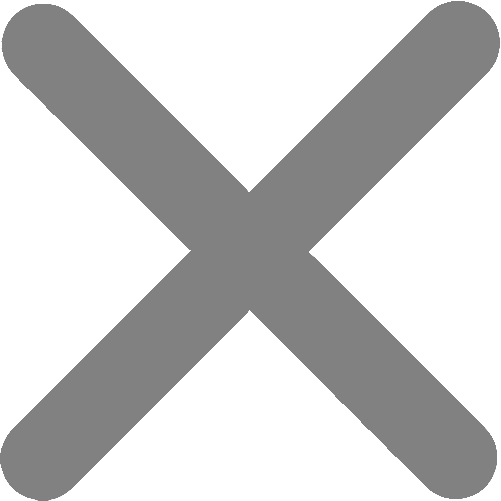



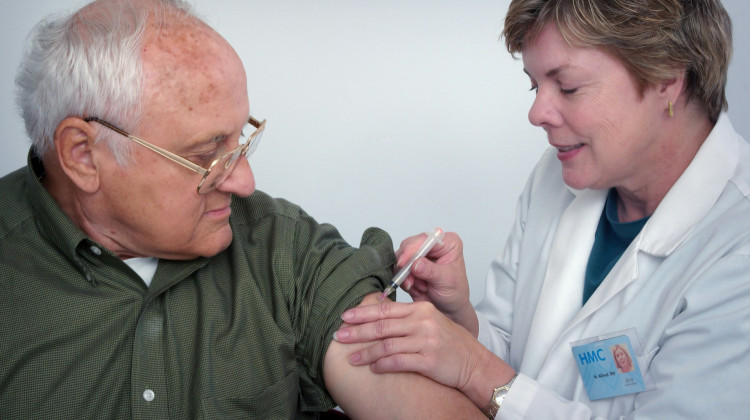
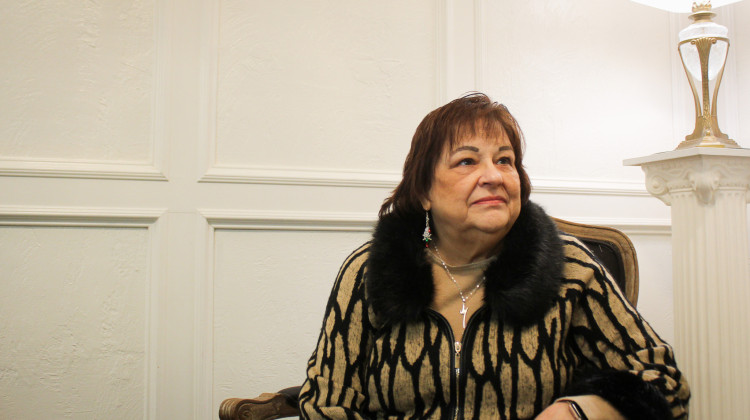
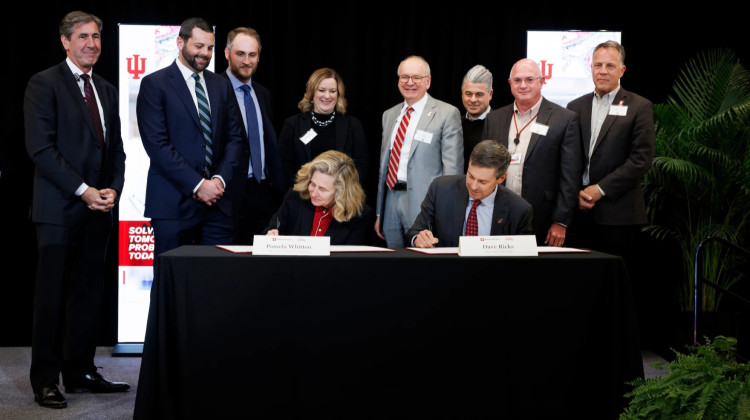

 Support WFYI. We can't do it without you.
Support WFYI. We can't do it without you.